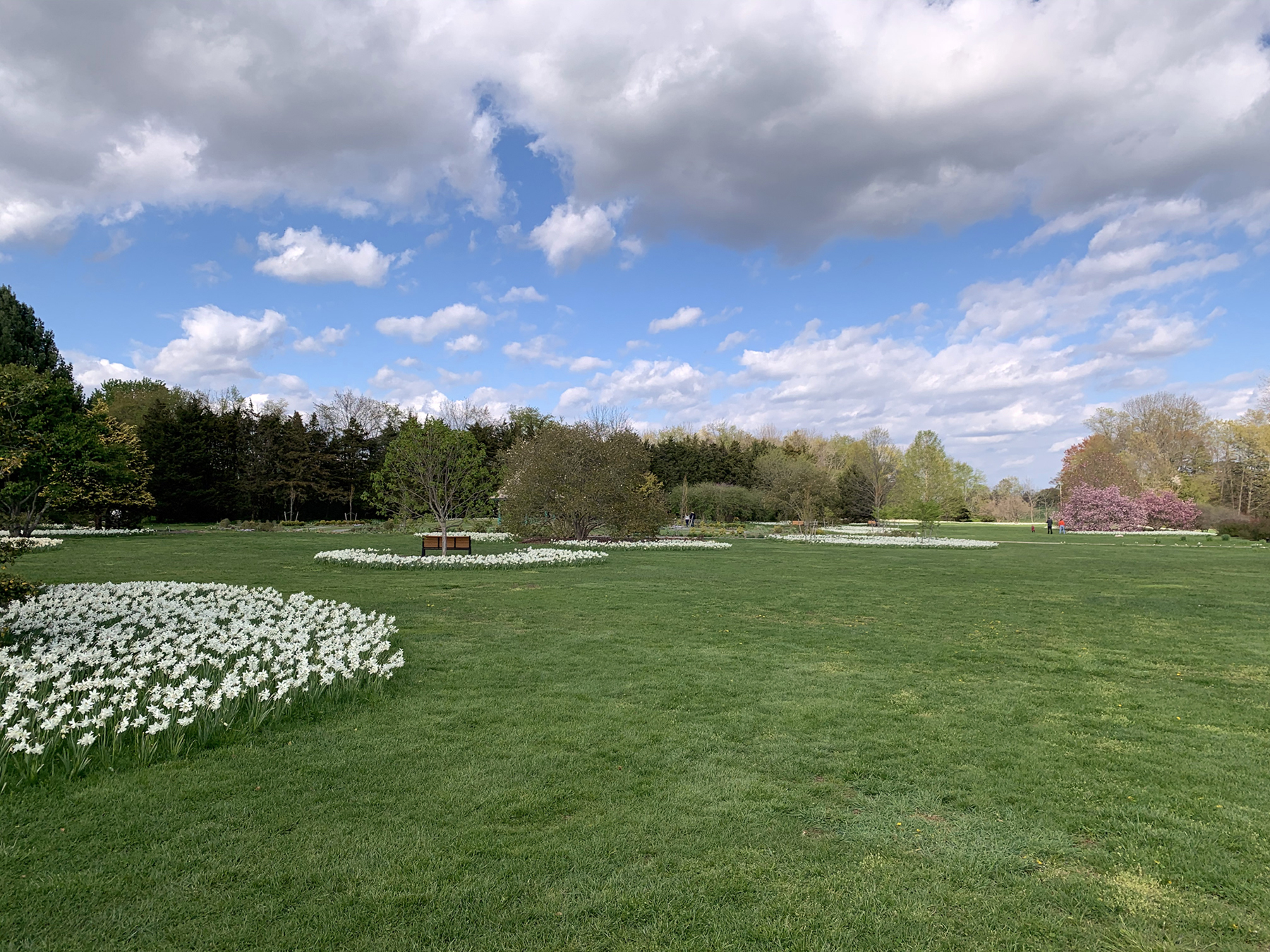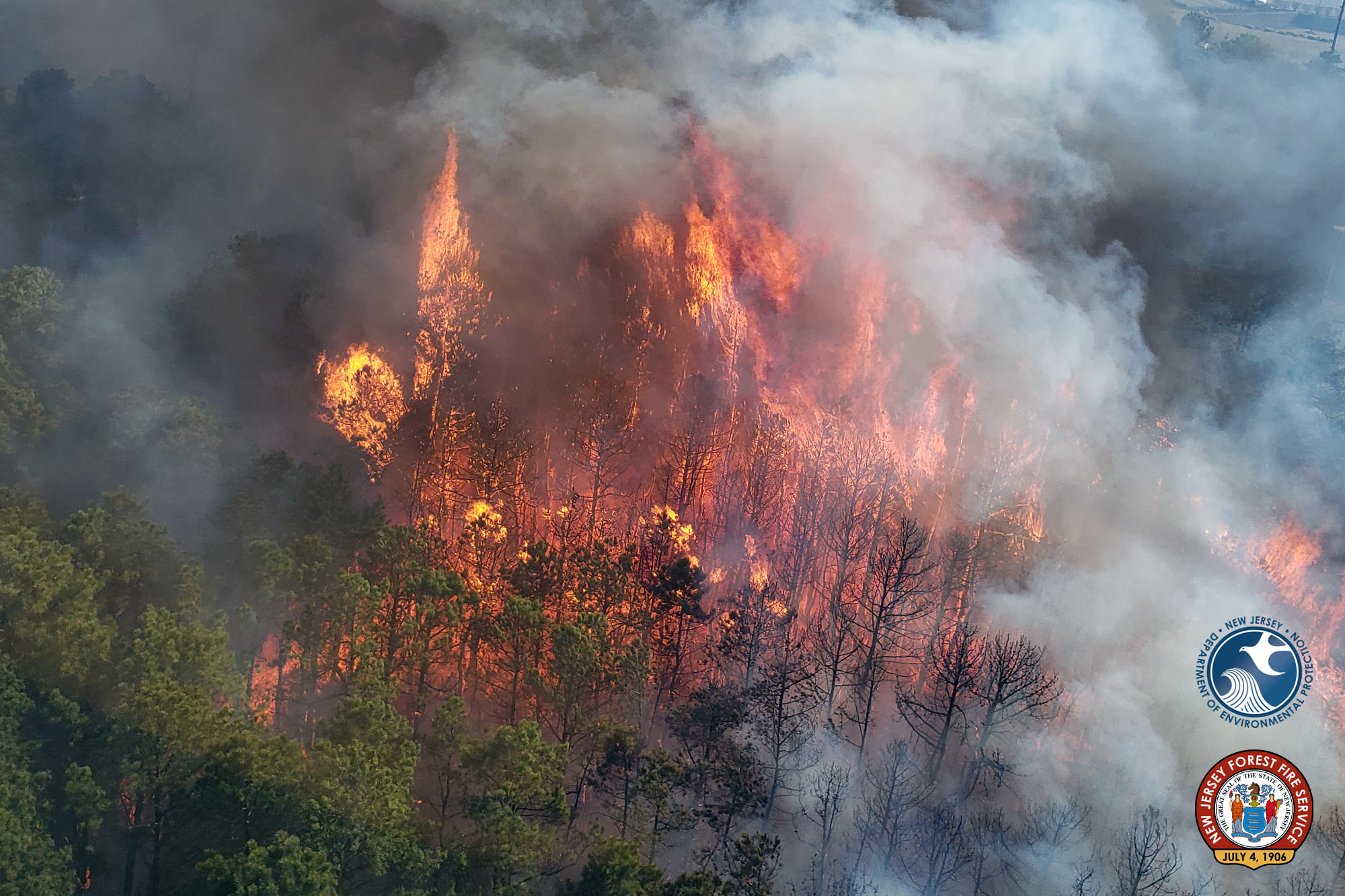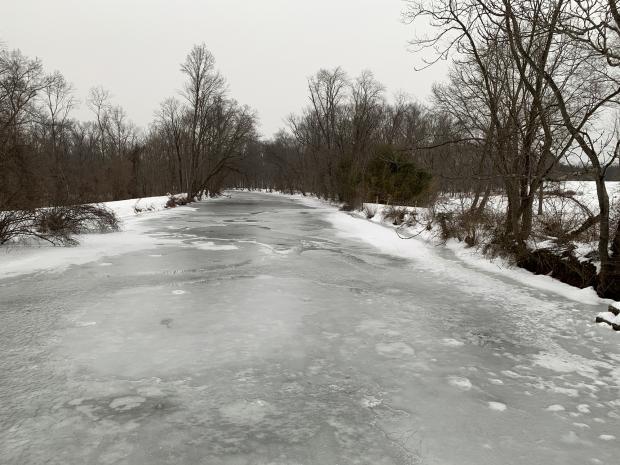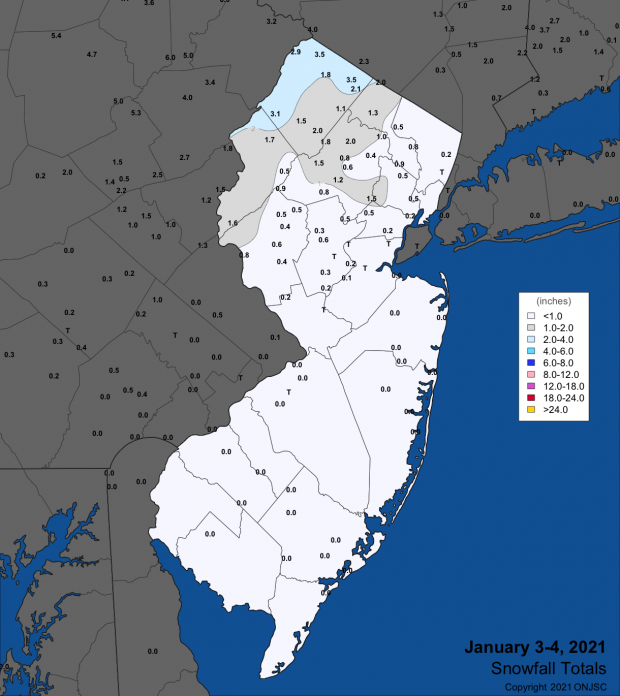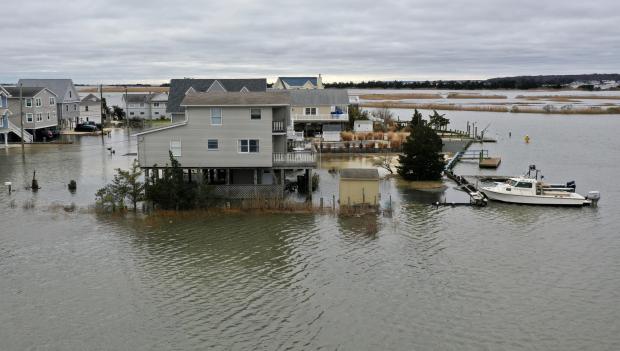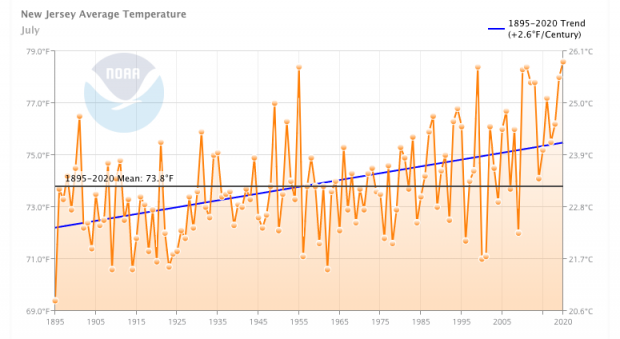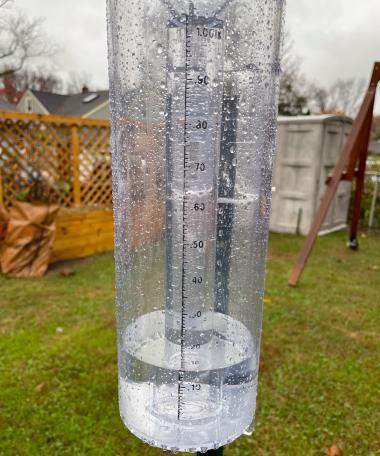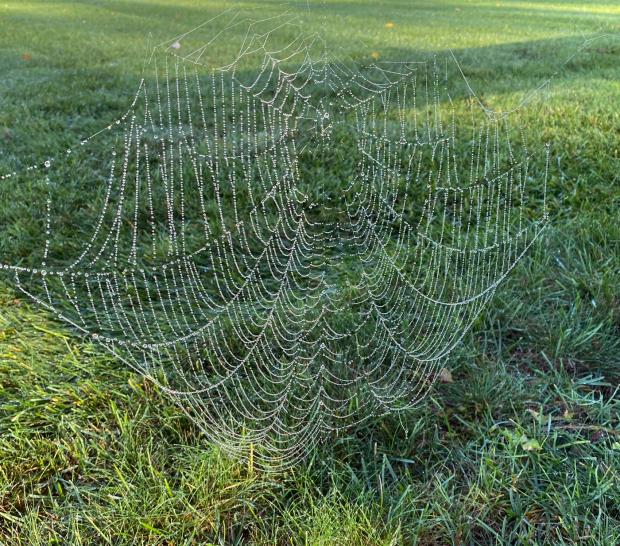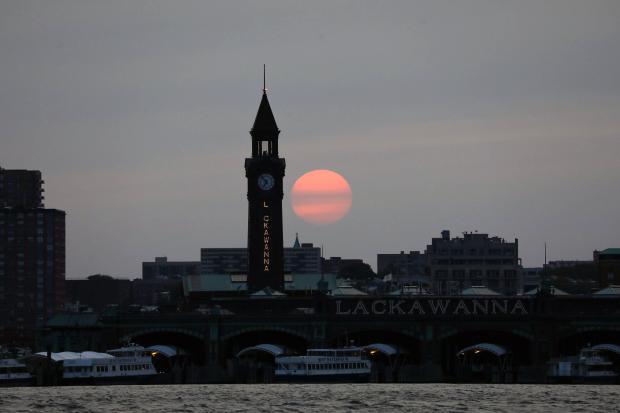With March being a transitional weather and climate month, there are often pronounced differences in conditions from one day or week to the next. The third month of 2021 did not disappoint in several such respects. Swings in barometric pressure as storms and high pressure systems swung through the Northeast led to 16 days with one or more Rutgers NJ Weather Network stations gusting to 40 mph or higher, with 11 of those days exceeding 50 mph. Maximum temperatures exceeded 65° on 12 days (two days had record highs in some locations), while minimum temperatures fell below 19° on 13 days. Walpack, situated in a Sussex County valley, recorded the state’s lowest (21°) and highest (67°) temperatures on a single day (22nd) and just missed this again on the 30th. There was a two-week interval with virtually no precipitation, culminating in several wildfires on the 14th, yet five events occurred where rain accumulated to 0.98” in one or more locations. Finally, a record of sorts was tied as the statewide average snowfall totaled 0.0”, something observed eight other Marches in the past 127 years. The past two Marches are the only ones with back-to-back zero totals.
Statewide precipitation averaged 4.03”, which is 0.18” below the 1991–2020 average*. This made for the 58th wettest (70th driest) since 1895. Northern NJ was driest, coming in at 3.28” (-0.73, 48th driest), the south averaged 4.47” (+0.15”, 42nd wettest), and the coast 4.68” (+0.26”, 38th wettest). The southeast saw the most rain and northeast and central regions the least (Figure 1).
March temperature average 43.9°, which is 2.9° above the 1991–2020 average and the 14th mildest on record. The average high was 54.7° (+3.8°, 13th mildest) and average low was 33.0° (+1.8°, 19th mildest). The north averaged 41.2° (+2.4°, 19th mildest), south 45.6° (+3.2°, 13th mildest), and the coast 45.1° (+2.9°, 13th mildest).
